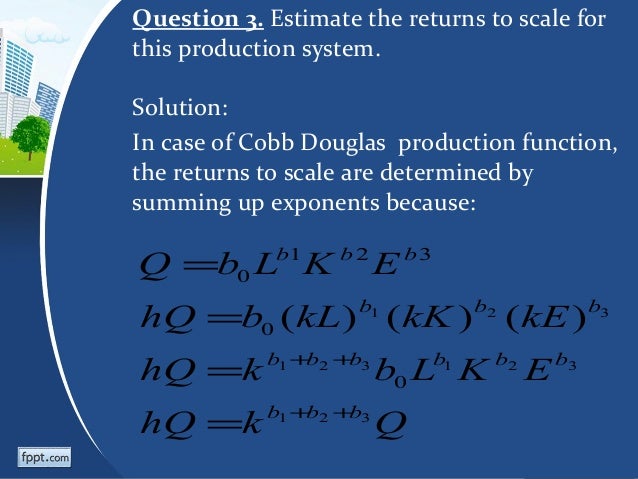

It shows that with technological and/or organisational changes, the efficiency parameter leads to a shift in the production function, a (alpha) is the distribution parameter or capital intensity factor coefficient concerned with the relative factor shares in the total output, and 0 (theta) is the substitution parameter which determines the elasticity of substitution. A is the efficiency parameter indicating the state of technology and organisational aspects of production. Where Q is the total output, К is capital, and L is labour. This function consists of three variables Q, К and L, and three parameters A, a and 0. Arrow, Chenery, Minhas and Solow have developed the Constant Elasticity of Substitution (CES) function. The CES production function is otherwise known as Homohighplagic production function. Constant Elasticity of Substitution Production Function: (vii) The parameters cannot give proper and correct economic implication. (vi) It is based on the substitutability of factors and neglects complementarity of factors.

Which makes the task of the entrepreneur quite simple and convenient? He requires only Finding out just one optimum factor proportions. This form of production function is a well behaved production function. That is if L and К are increased by n-fold, the output Q also increases by n-fold. This production function also implies constant returns to scale. Mathematically, this form of production function is expressed as In order to estimate the production function, it is necessary to express the function in explicit functional form. This is known as linear homogeneous production function. The degree of production function is equal to one. When all the inputs are increased in the same proportion, the production function is said to be homogeneous. We discuss a few important production functions. Economists use a variety of functional forms to describe production relationships. On the basis of the study of production function, one may identify the main sources of the growth of industries.


 0 kommentar(er)
0 kommentar(er)
